Histograms Are Used Exclusively With Which Type of Data
The major difference is that a histogram is only used to plot the frequency of score occurrences in a continuous data set that has been divided into classes called bins. I Draw a histogram to represent the given data.
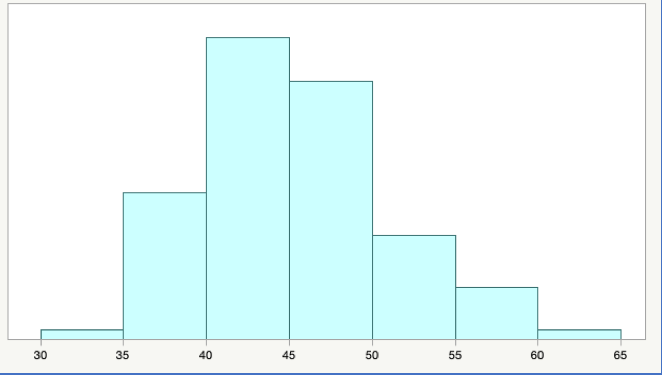
Histogram Introduction To Statistics Jmp
Density estimation is the construction of an estimate based on observed data of an.
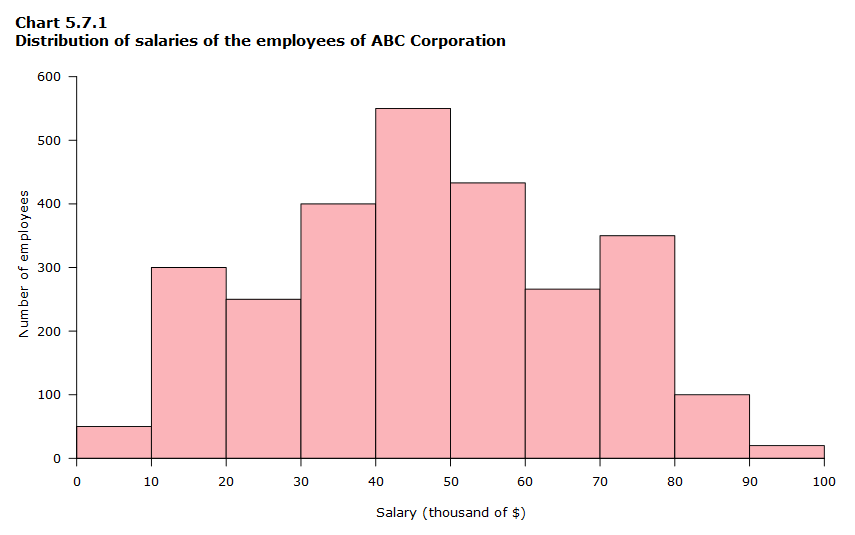
. Since the histogram is such an important tool it can have. A histogram is a type of bar chart only that is used to display the variation in continuous data such as time weight size or temperature. Histograms are very useful tools for project management teams in their quests for quality or process improvements.
Histograms are sometimes confused with bar charts. The area of the rectangular bars is proportional to the frequency of the variable. The width of the bins is equal.
The only difference between a histogram and a bar is that a histogram has no gaps between the columns. A histogram is used to summarize discrete or continuous data. The length of 4 0 leaves of a plant are measured correct to one millimetre and the obtained data is represented in the following table.
Histograms on the other hand have their axes labeled with the bins or class intervals of the. A histogram helps to recognize and analyze. Histograms are good for showing general distributional features of dataset variables.
In a Histogram there are no gaps between the bars unlike a bar graph. A Histogram will group your data into Bins or Ranges while a bar chart displays discrete data by categories. In other words all the collected data has values greater than zero.
The following histogram displays the frequency. Histograms are one of the most frequently used methods for charting historical data. Heres the technical details for both.
It is the Area Not the. A skewed distribution can result when data is gathered from a system with has a boundary such as zero. Histogram refers to the visual presentation used for summarizing the discrete or the continuous data and the example of which includes the visual presentation on the graph the complaints.
As we know that the frequency distribution defines how often each different value. The histogram is one of the seven basic tools of quality control. Also the horizontal labels on the bar graph are usually discrete or nominal data.
A frequency distribution shows how often each different value in a set of data occurs. A histogram is used to display the distribution of information or data over a continuous time period. Histograms do not have spaces between the bars and are meant for use with continuous data.
For this reason histograms are typically only used with numerical data although ordinal categorical data can also be used. The data is typically displayed in a bar graph that gives viewers a way to quickly absorb. The major difference is that ahistogram is only used to plot the frequency of score occurrences in a continuous data set that has been divided into classes.
A histogram is used for continuous data where the bins represent. Bar charts do have spaces between bars and. Bar charts on the other.
Histograms are used exclusively with which type of data. In other words a histogram provides a visual interpretation of numerical data by showing the number of data. You can see roughly where the peaks of the distribution are whether the distribution is skewed or.
Histograms are used to plot the density of data and are often a useful tool for density estimation. A histogram is the most commonly used graph to show frequency distributions. A histogram is one of the most commonly used graphs to show the frequency distribution.
If your data is discrete or in Categories then you should use a Bar chart instead of. A Histogram is used to display continuous data in a categorical form.
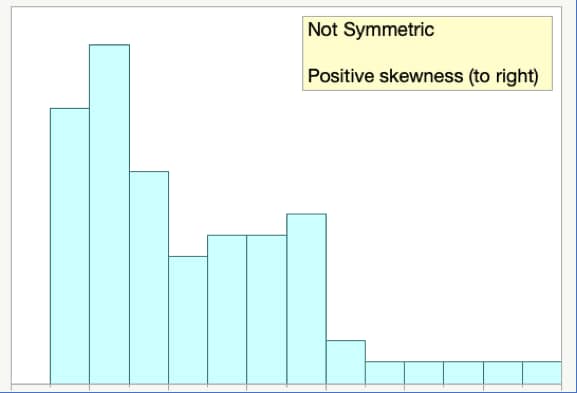
Histogram Introduction To Statistics Jmp
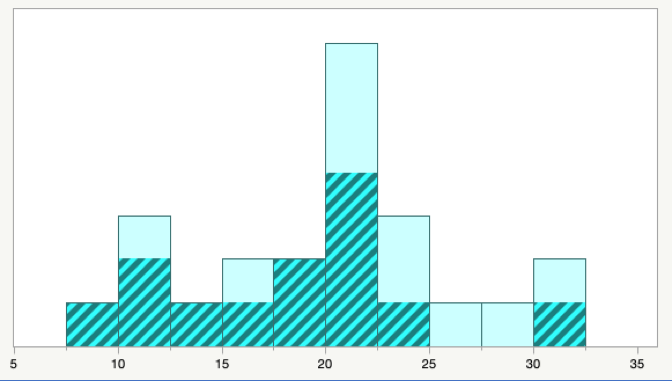
Histogram Introduction To Statistics Jmp
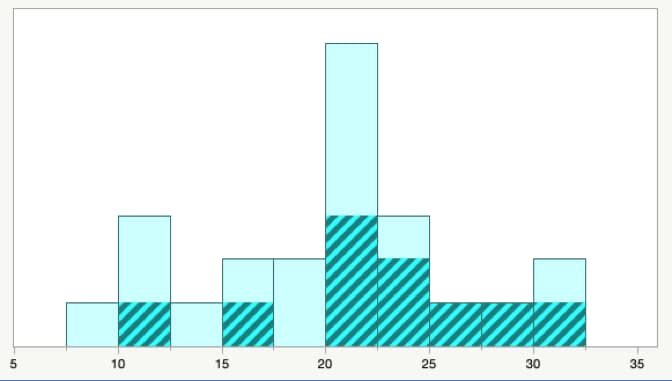
Comments
Post a Comment